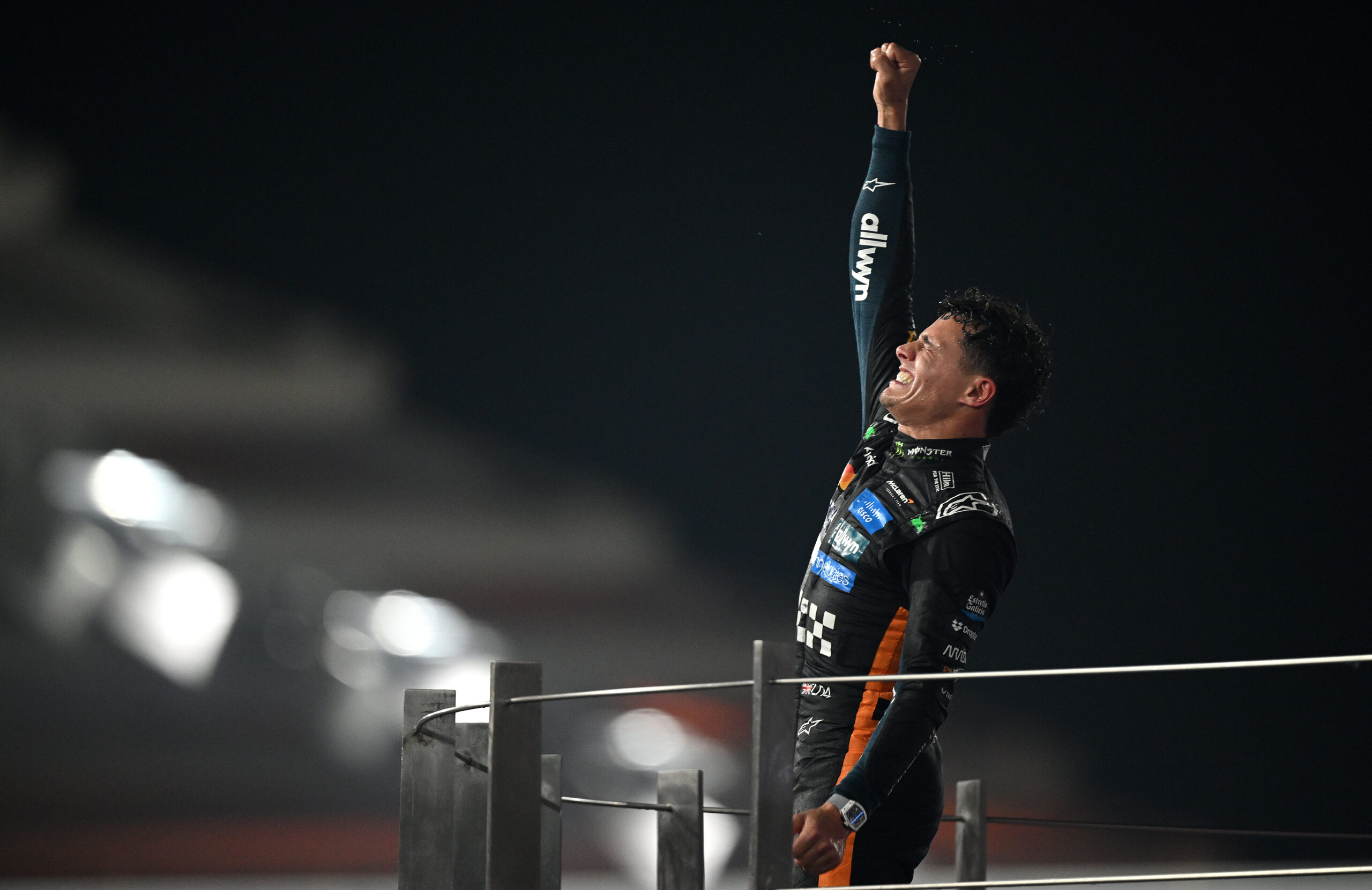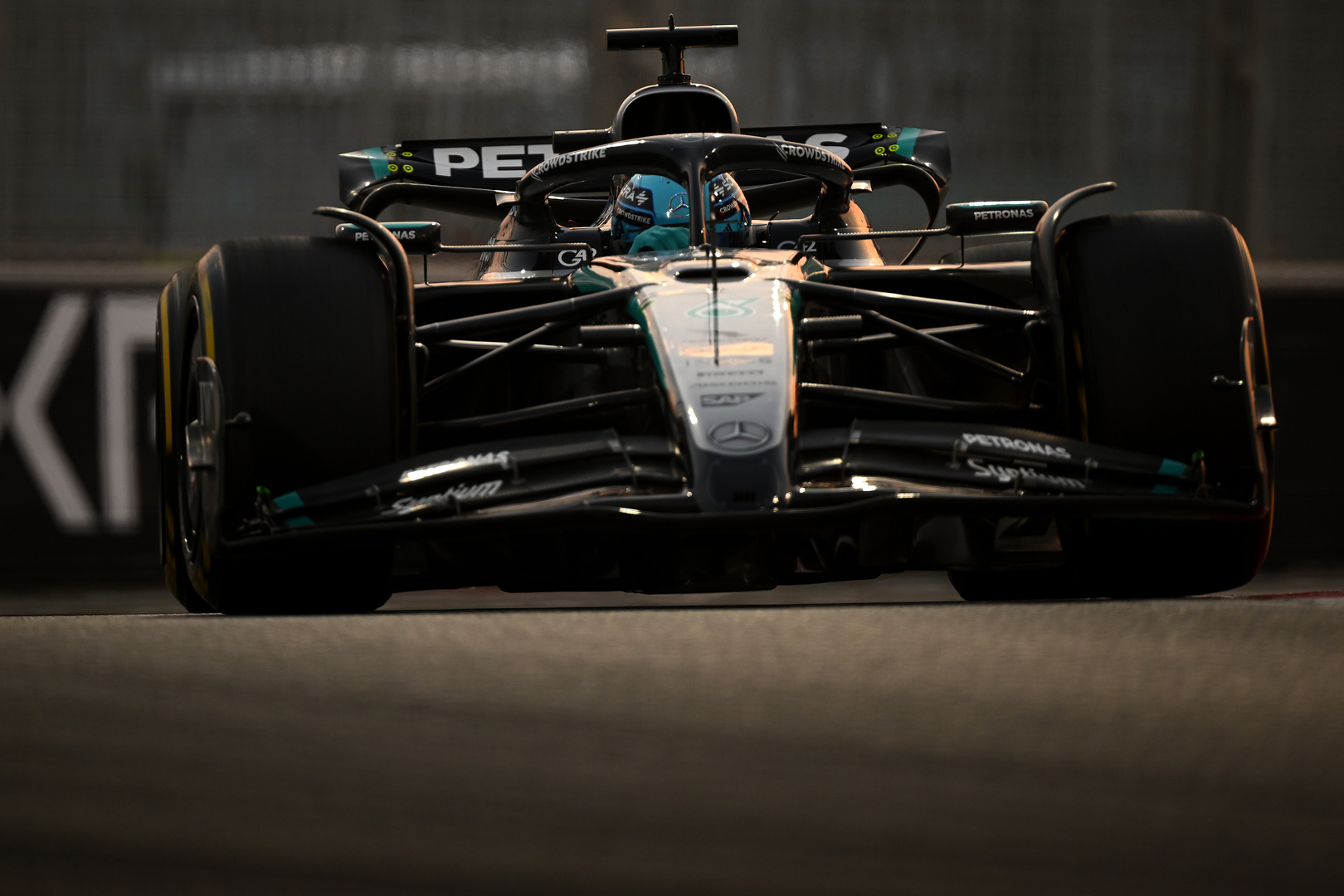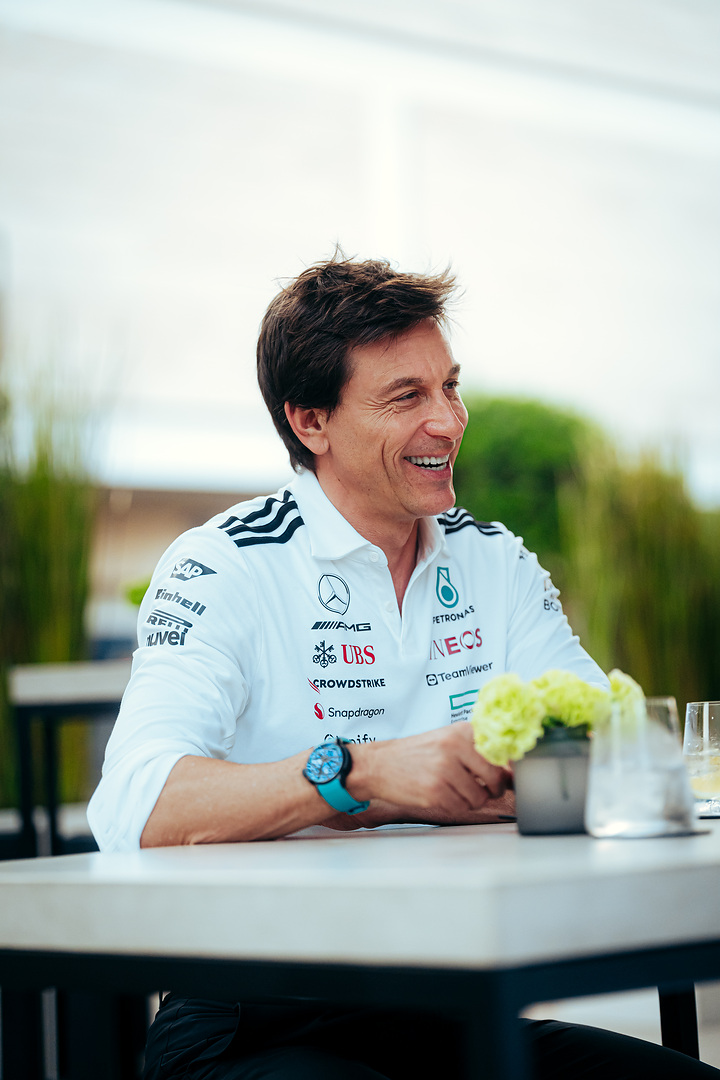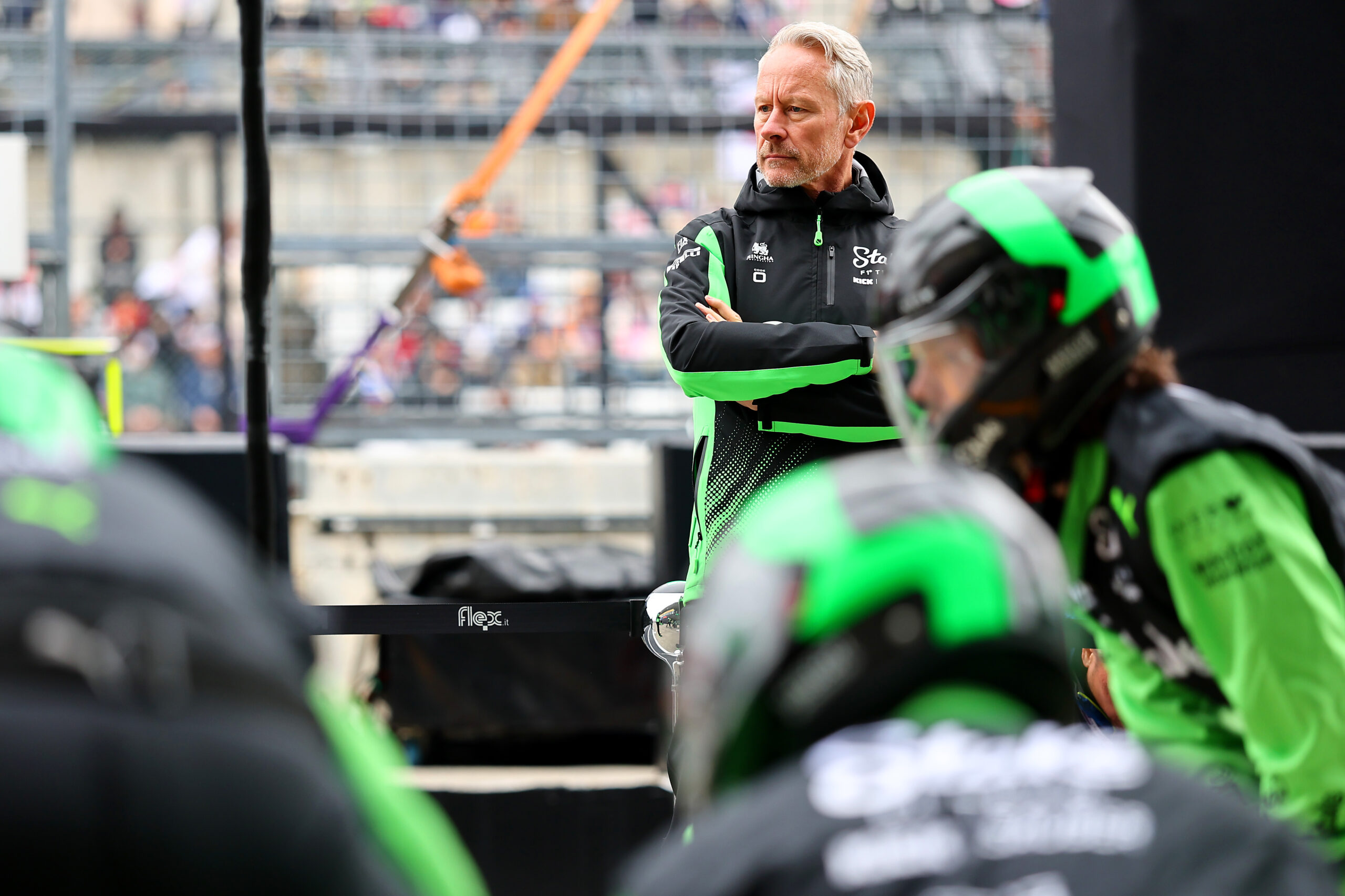Formula 1 is a highly competitive sport. Any engineer will be looking for a way to make the car go thousandths of a second faster, which could be the difference between winning or losing a Grand Prix. Over the years, we have seen different innovations that teams have been implementing in their cars, such as the DAS system, the design of not having sidepods on the car, among many others. A team that has stood out for having this type of innovation has been Mercedes, however, little by little the ideas that Red Bull Racing has had have evolved.
One team may have a great idea that will see their car go 2-tenths a lap faster than their competitors, however, the FIA has the final decision to see if this is considered legal. As it happened with the controversial DAS system, it was a system that nobody had ever thought of, however, the International Automobile Federation (FIA) decided that it was not going to be legal for the next season. This means that the teams can make any type of improvement that is within the regulatory limits, however, the FIA will not give in and may include it in the illegal section.

Photo Credit: Red Bull Content Pool
With the Italian Grand Prix taking place this weekend at Monza, the FIA has released a technical directive that focuses on flexi-wings. It had already been commented that the highest authority in this category was going to pay attention to this concept, it had even suggested that teams like Aston Martin modify their wings to ensure that everything is legal. In the technical directive called TD018, Motorsport.com have reported that the FIA claims that any design of a flexible wing will be breaking Article 3.2.2 of F1’s Technical Regulations, which comments:
“All components that influence a car’s aerodynamic performance must be rigidly secured and immobile with respect to their frame of reference.”
The FIA ensures that there are some teams that have been using systems to make some elements inside both wings rotate or flex, making these movements not be detected through the technical filters that the FIA applies to each of the cars to throughout the race weekend.
“Assembly designs that exploit localized compliance or degrees of freedom are not permitted.”
Through the technical directive sent to the teams days before the Dutch Grand Prix was held, the FIA was clear and blunt when it came to mentioning the elements and/or designs that they considered breaking the Technical Rules of the category. The Federation listed four elements and designs. However Motorsport.com also reported that it was stressed that there are possible designs not listed in the directive that may also be breaking the regulations. The four designs and elements prohibited by the FIA are:
1 – Wing elements that can translate vertically, longitudinally or laterally relative to the bodywork that they are fixed to.
2 – Wing elements that can rotate relative to the bodywork that they are fixed to, such as rotating around one fixing.
3 – Designs that utilise elastomeric fillets, compliant sections of wing profile or thin flexible laminate at a junction that can either distort, deflect out of plane or twist to permit localised deflection relative to the bodywork the component is attached to.
4 – Designs that utilise ‘soft’ trailing edges to wing elements to prevent ‘localised cracking’ as the result of component assembly deflection.
As mentioned previously, the FIA used to increase the number of aerodynamic tests on single-seaters when it was believed that there was something that did not comply with the technical regulations of the category, however, the tests have not yielded anything negative and these imperfections continue to exist in the cars, according to the FIA, which is why the Federation has asked the teams to also provide their assembly drawings and images showing the fixing of these elements. The FIA has mentioned that in these drawings the fixing of all the elements of the front wing to the nose of the car must be present, while those of the rear to the endplates, rear impact structure and pylons.
The FIA has not been completely intransigent since the teams have been given extra time to prepare all of the above, in addition to collecting all the drawings and images that the Federation is requesting. The new vision that the FIA will have will apply until the Singapore Grand Prix, which will take place from September 15th to 17th, while the teams will have to send all drawings and images no later than September 8th.




